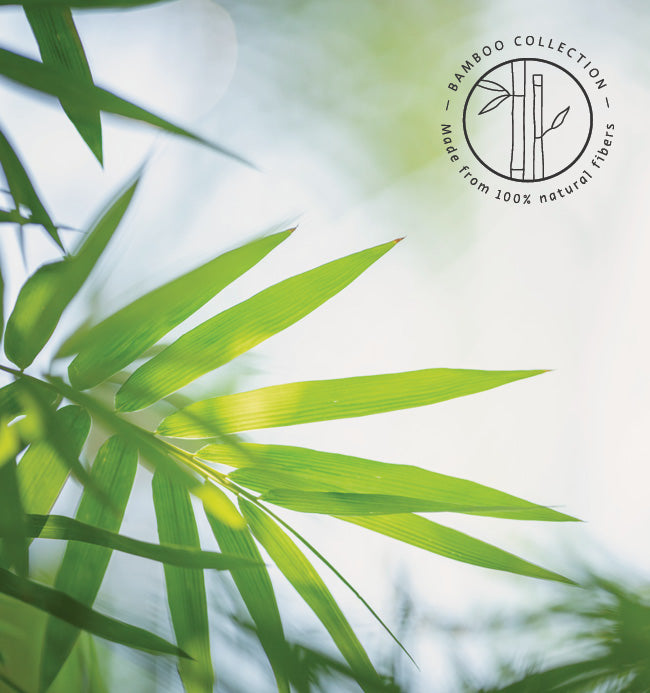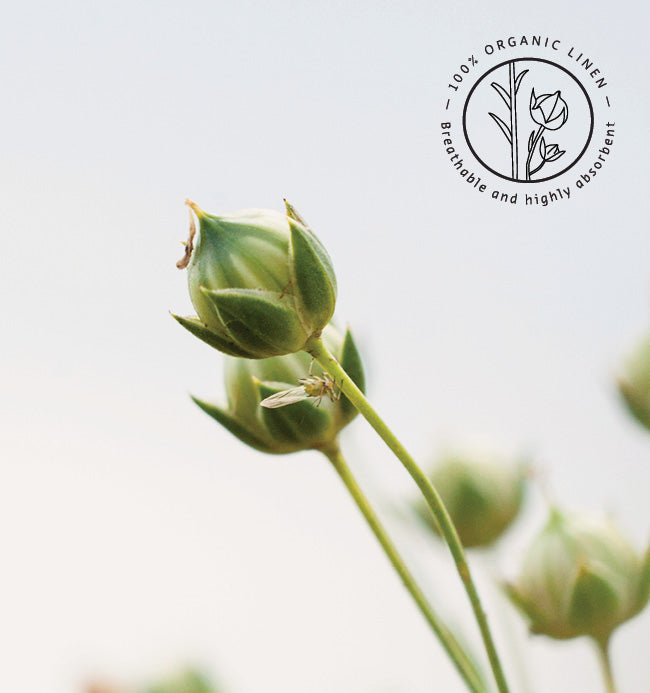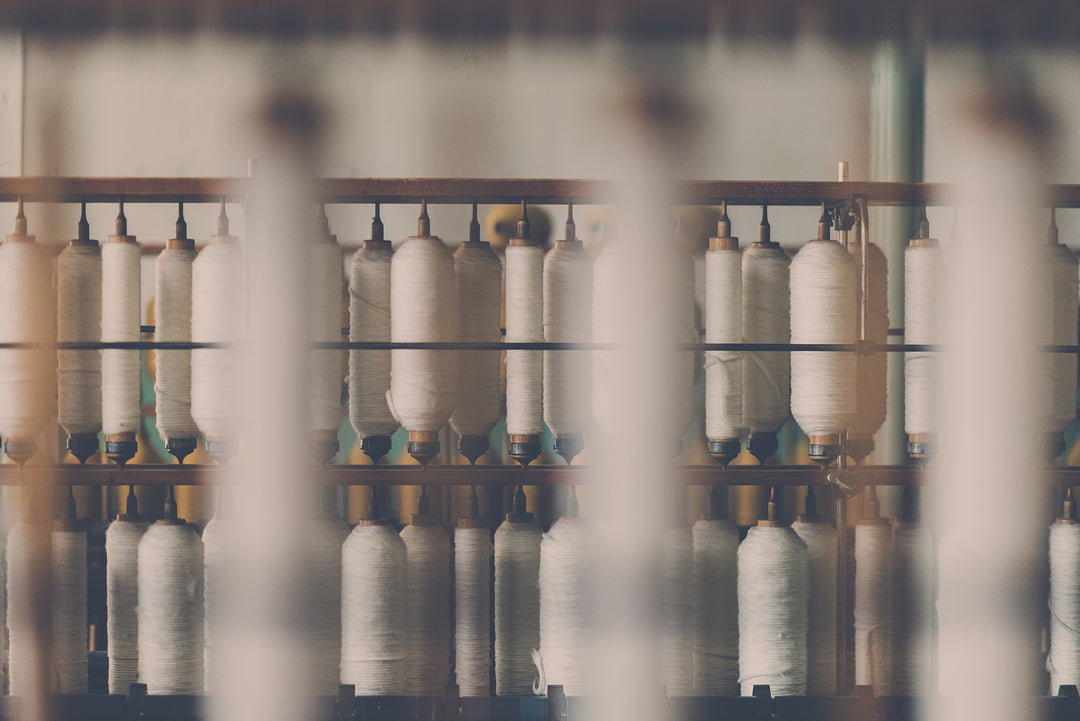Fabric Story
ANJALY proudly holds certification under the global organic textile standard. GOTS ensures that the fabrics undergoes minimal impact on the environment throughout its processing, including picking, transportation, weaving, dyeing, and packaging.
Another guarantees that all of our clothes are made from organic fabrics and natural fibers.
Organic Cotton
cotton is a fabric that known for its pleasant, soft, and breathable nature. However, it has negative impact on our planet. Around 50% of all crops grown for textile purposes are cotton, and this cultivation comes at a cost. Approximately 25% of insecticides used are sprayed on cotton fields, posing risks to cotton pickers, damaging soil quality, polluting water sources, and even indirectly affecting our health through skin contact with cotton products. Additionally, cotton cultivation is also a major consumer of water in the agricultural sector.
- organic cotton is grown with minimal damage to the environment.
- no pesticides are used and chemicals play no part in the process.


Bamboo
Bamboo is a newly discovered material in the textile industry, which has garnered much excitement. Fabrics produced from bamboo possess a natural brilliance akin to silk, and they offer an incredibly soft and luxurious sensation to the touch. Furthermore, these fibers have excellent breathability and are remarkably lightweight, surpassing all other fabrics of natural origin. Consequently, bamboo fabric is the ideal choice for yoga attire as it caters perfectly to both the Mediterranean climate and the physical demands of exercise.
- 100% natural & antibacterial.
- Environmentally-friendly crop – it does not require fertilizer and requires very little water.
- The remarkable speed at which bamboo grows (some types can grow as much as one meter per day!) guarantees its perpetual existence.
Tencal/Modal
Tencel and modal are relatively new additions to the world of textiles. They are sourced from wood and other organic materials and manufactured using advanced technology. Although the production process may seem industrial, the resulting weave is an innovative solution for environmental protection. The production process is energy efficient, non-polluting, and has a low carbon dioxide footprint. It allows for the creation of fine or heavy fabrics with different finishes.
- Highly breathable and moisture-absorbent fabrics with good cooling qualities.
- Antibacterial and hypoallergenic, therefore does not cause any odors.
- The fabric has a texture similar to linen, providing a light touch. It exhibits high durability against the effects of time, weather, and the environment. Therefore, these fabrics are unlikely to fade, harden, or develop 'pills'.


Linen
Linen fabric is derived from the cellulose fibers found within the flax plant's stalks. With a history spanning tens of thousands of years, this versatile material has been underutilized in the fashion industry due to its costly production and handling processes. However, we firmly believe that its exceptional qualities more than justify the effort.
- With its unique structure, flax fiber allows for optimal absorption and quick drying, promoting uninhibited skin respiration and natural balance.
- According to scientific research, linen has exceptional natural thermal insulation properties. It has the ability to cool down the body temperature by approximately 3-4 degrees, making it extremely beneficial during hot summer days. Moreover, linen also aids in regulating body temperature in cold weather, promoting a balanced and comfortable experience.
- Non-allergenic, antibacterial, antiseptic, and anti-static. it has so many ‘anti’ qualities, that we are total ‘pro’ the fabric!
Recyceled Cotton
Regenerated cotton is a term often used to describe the process of converting cotton fabric into cotton fiber that can be reused in textile products. It is also referred to as recycled cotton, reclaimed cotton, or shoddy.
When you choose recycled cotton fabrics, you are not only reducing the negative impacts of cotton farming, such as water consumption, CO2 emissions, and intensive land use, but also giving a new life to textile waste.
For a more sustainable approach that reduces energy, water, and dye usage, consider utilizing a product that has already undergone processing. This enables significant savings by offsetting the production of new materials. In the case of recycled cotton yarns, which are commonly sourced from pre-consumer textile scraps sorted by color, the yarns come pre-dyed.


